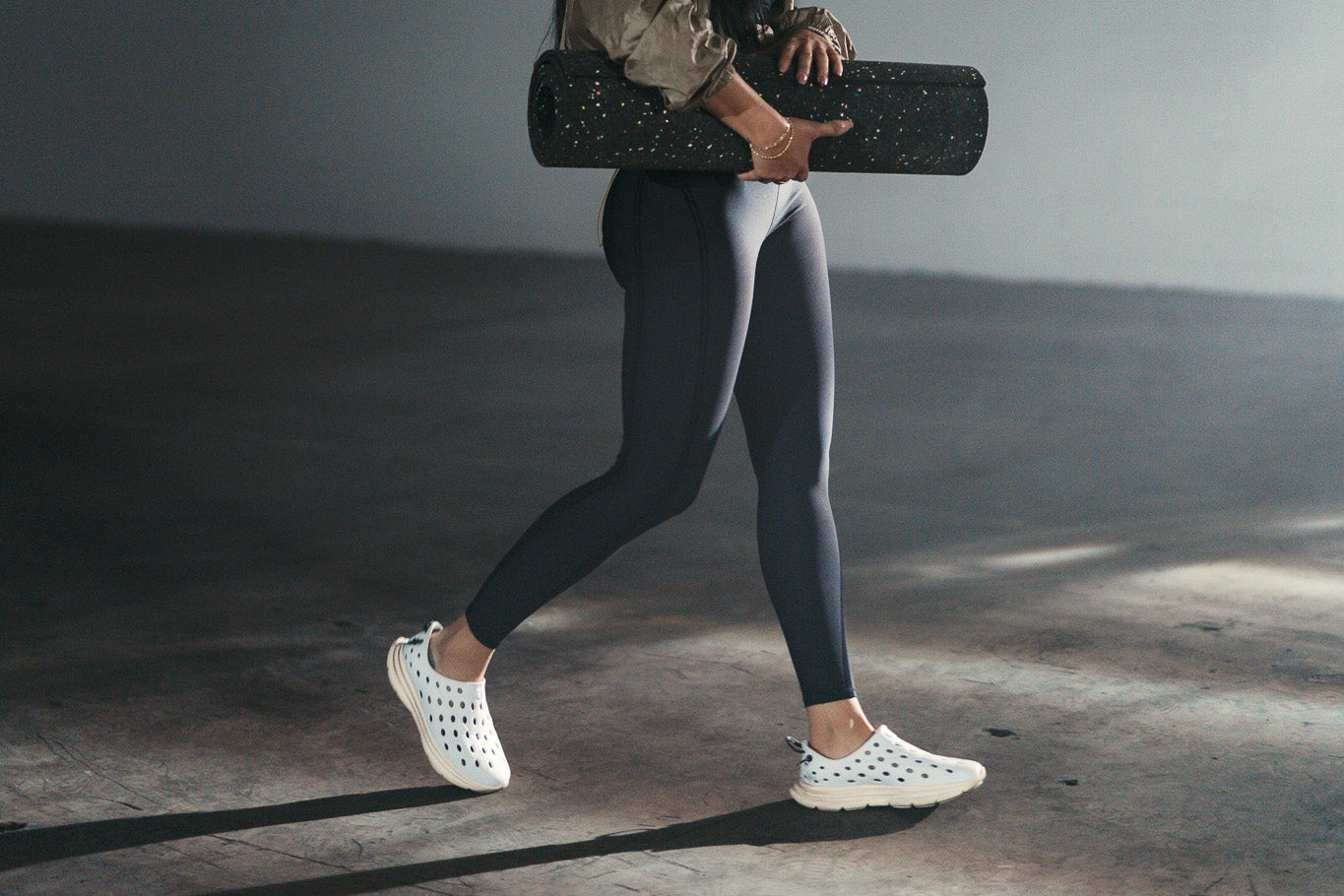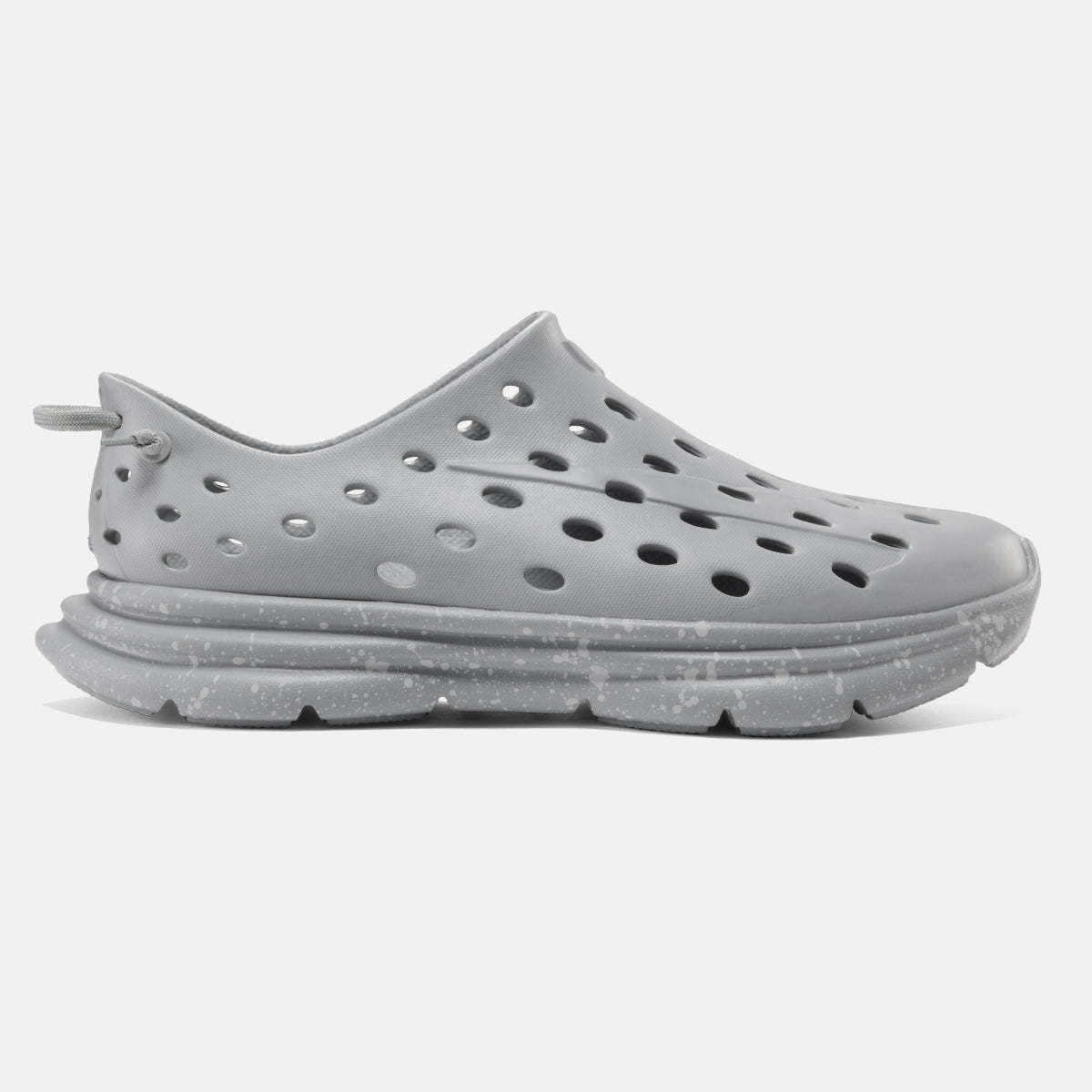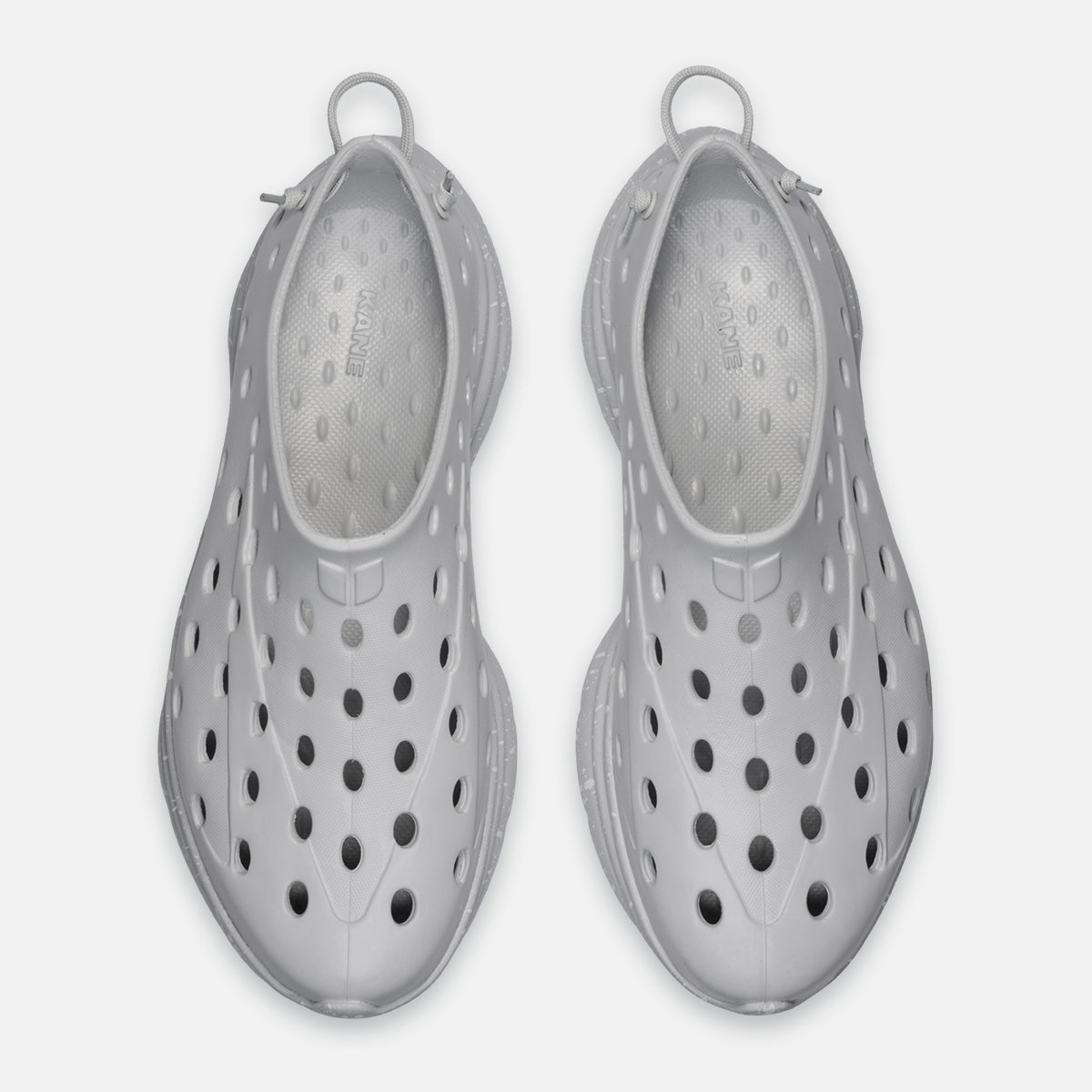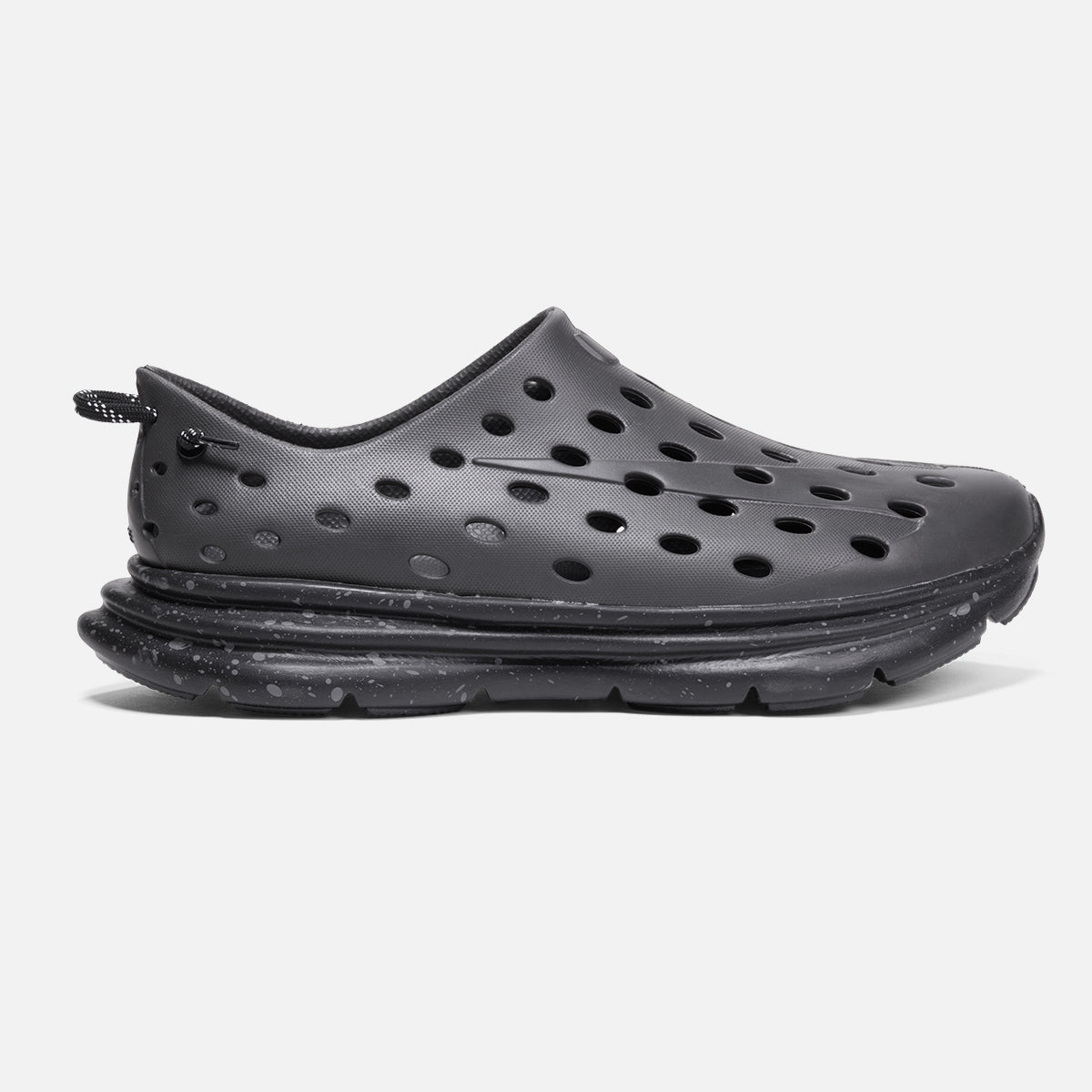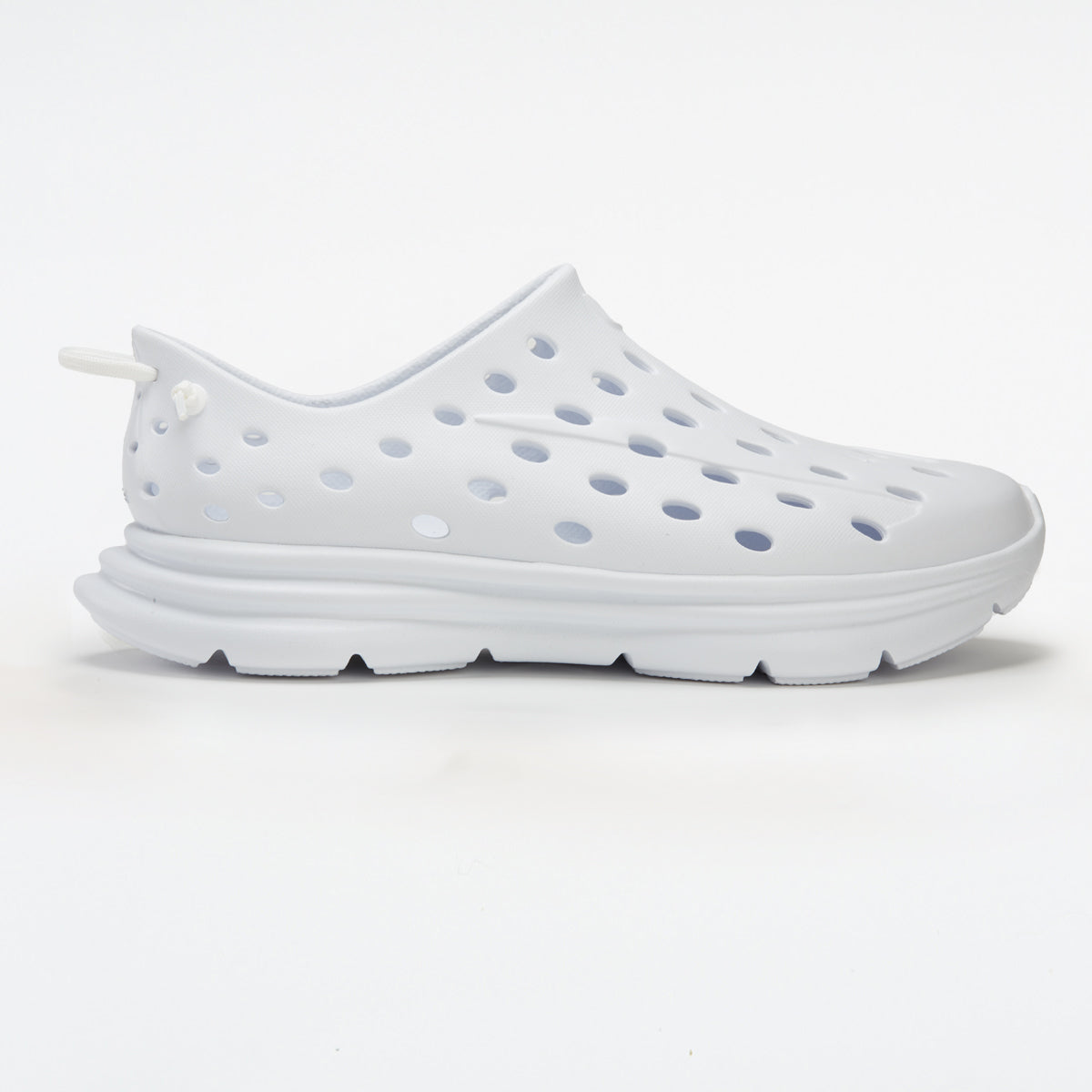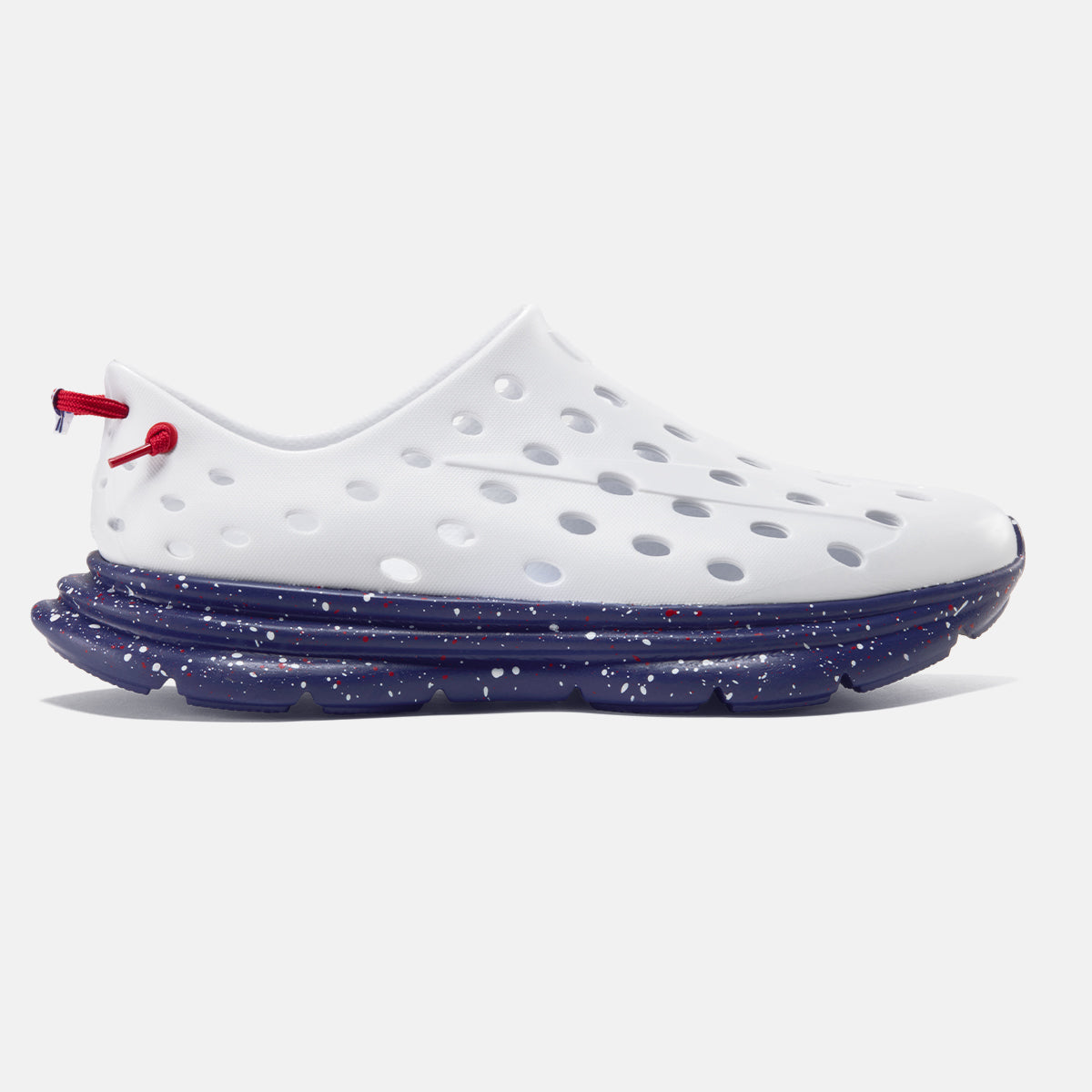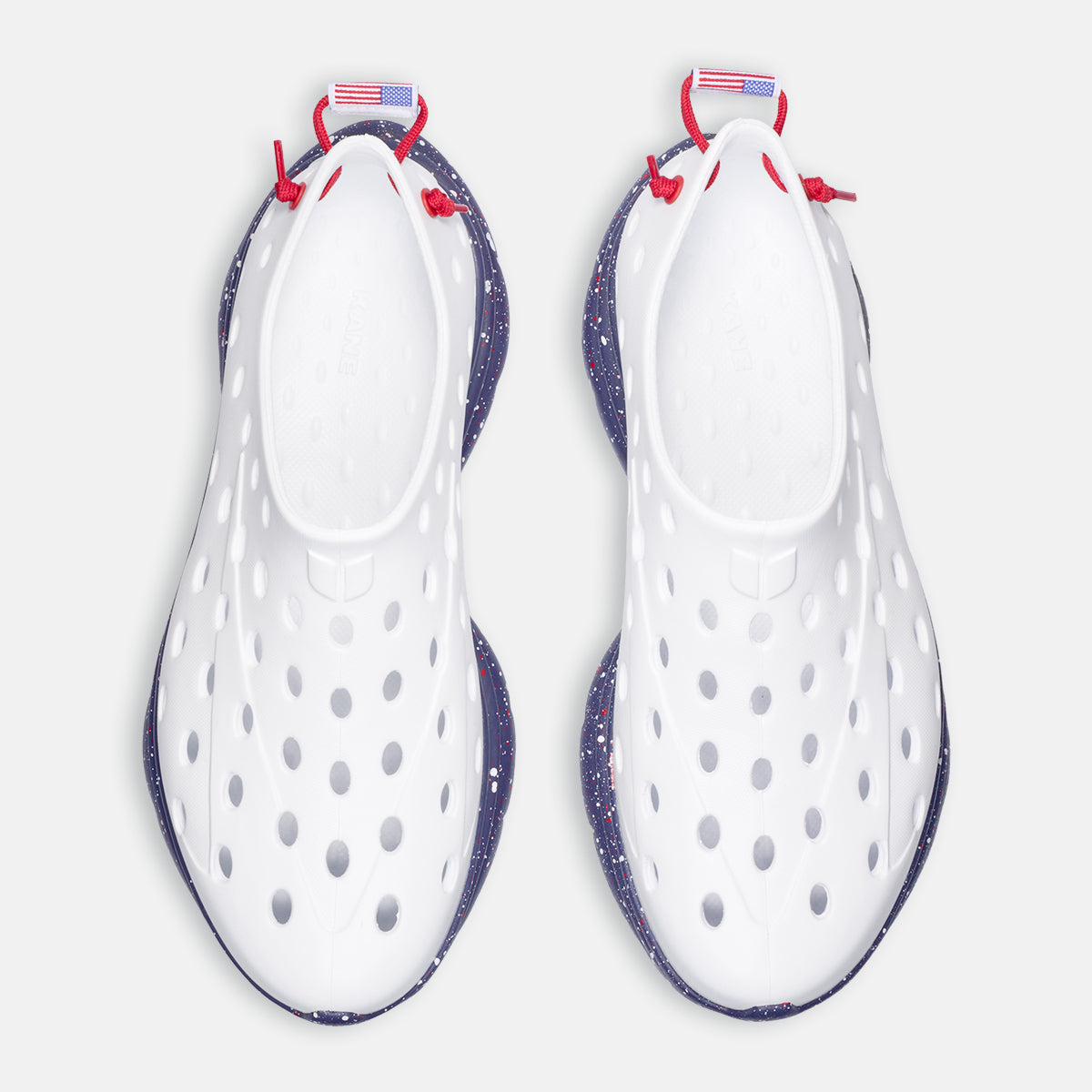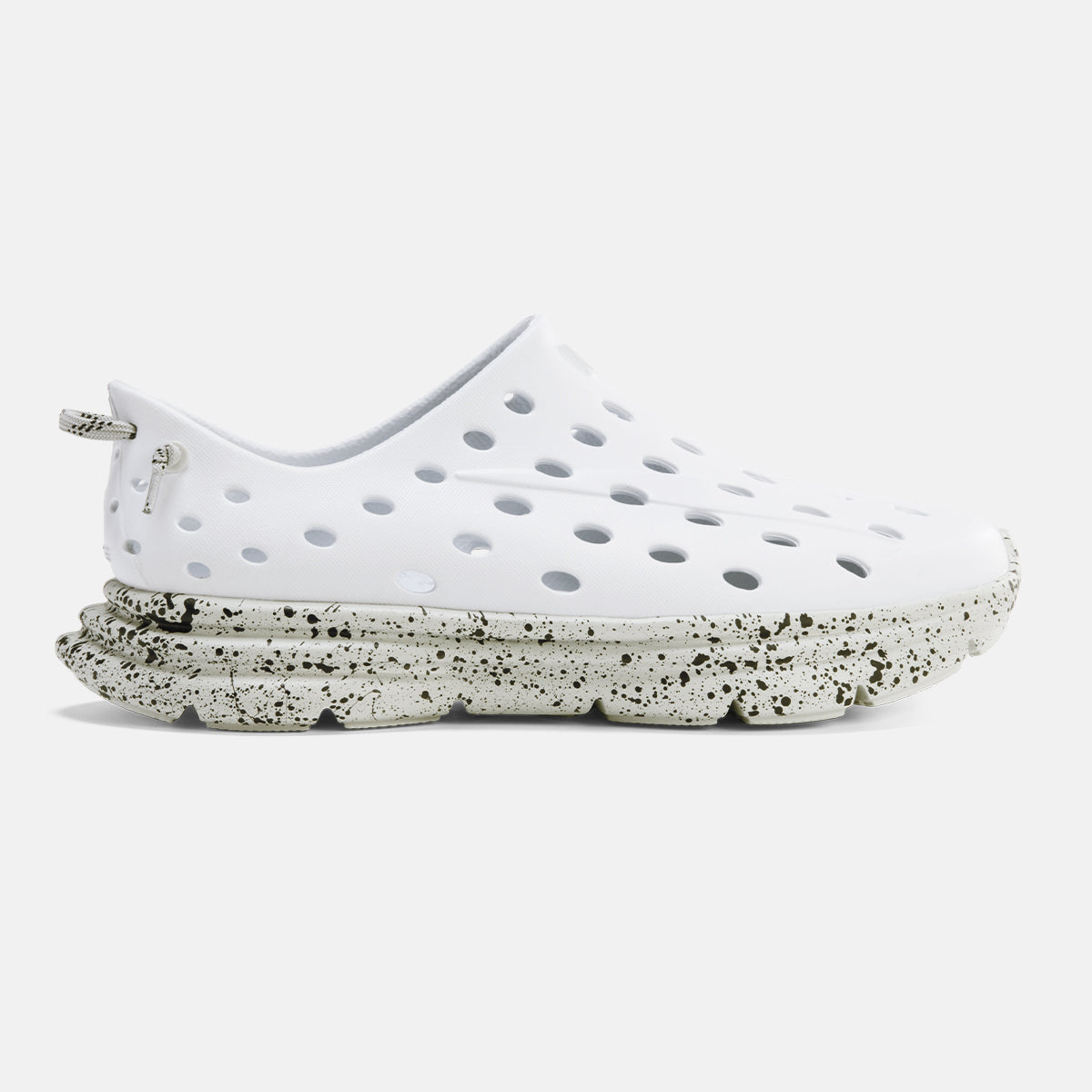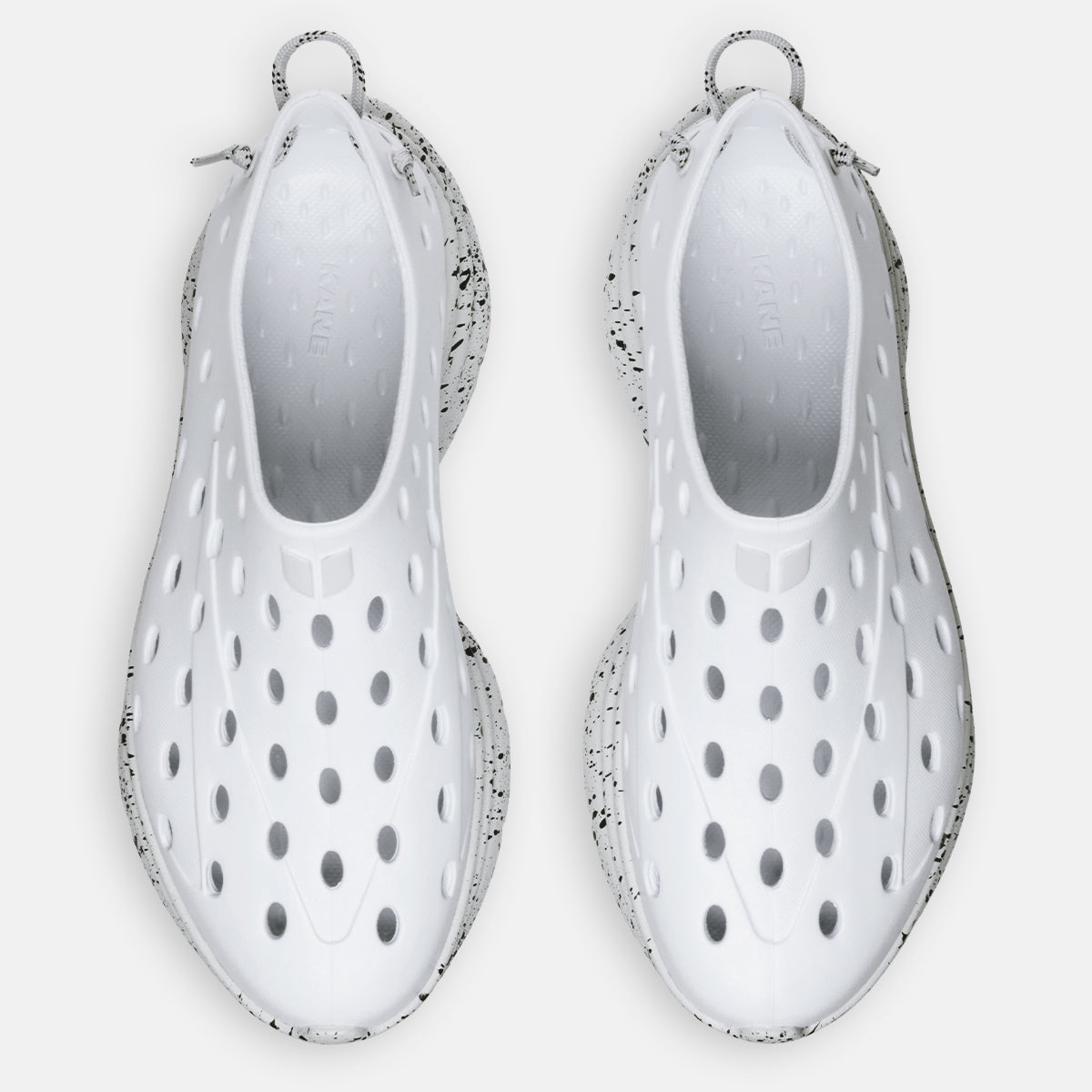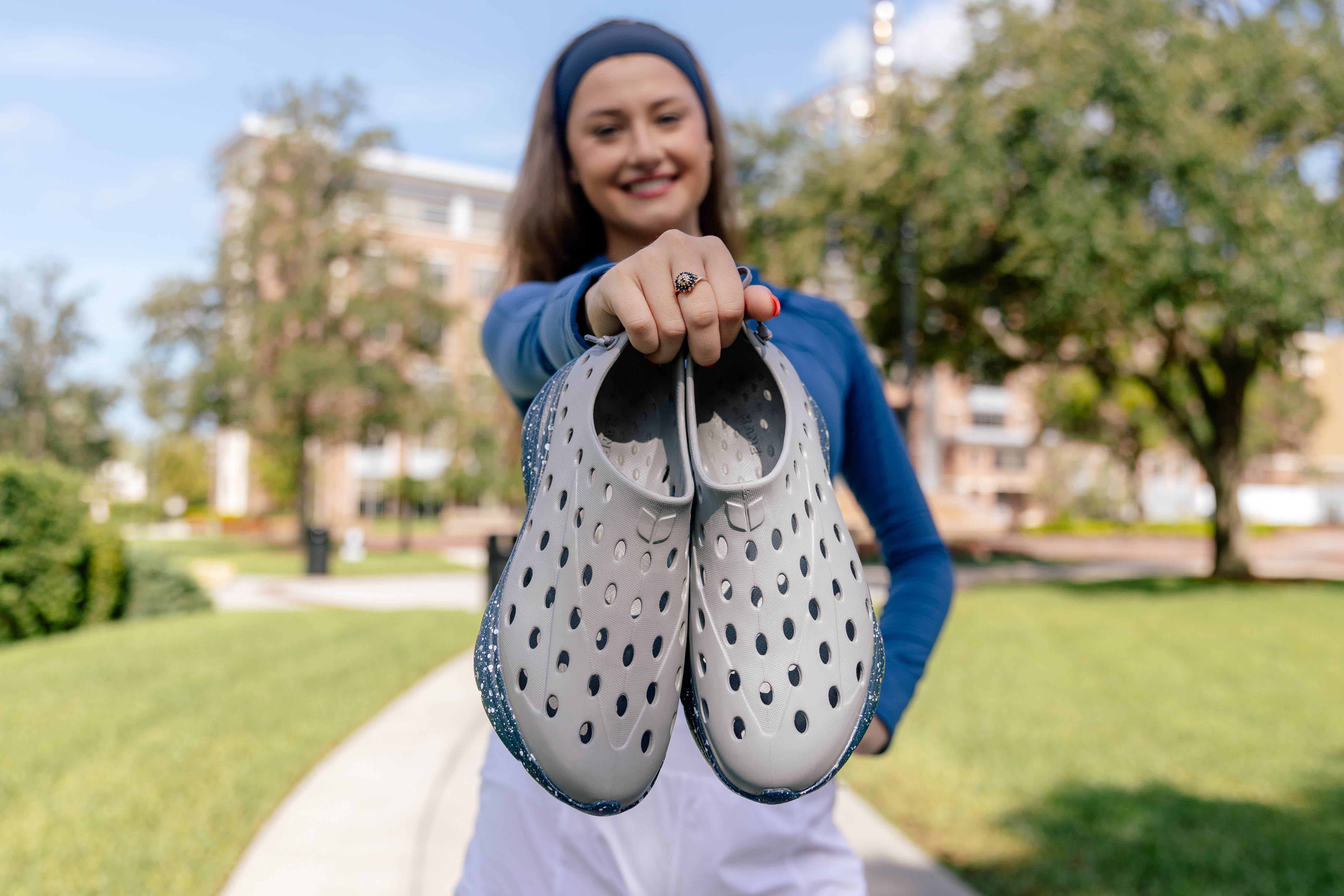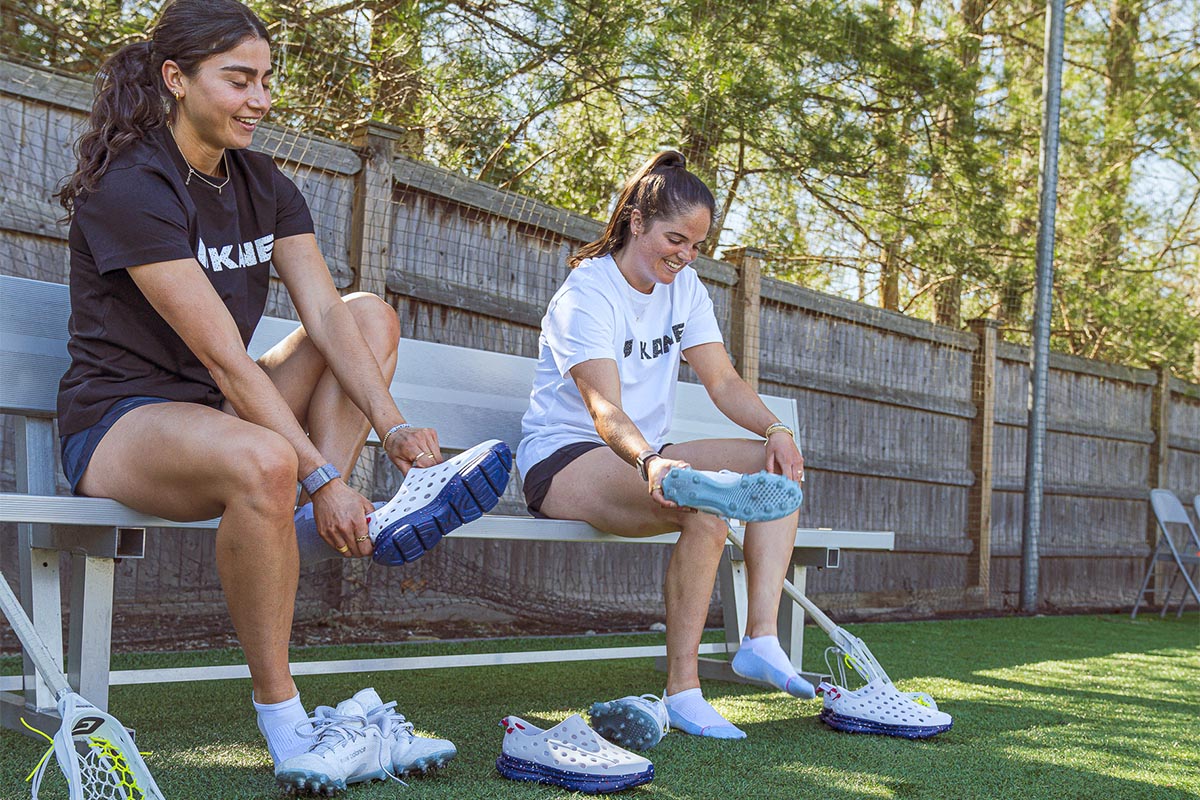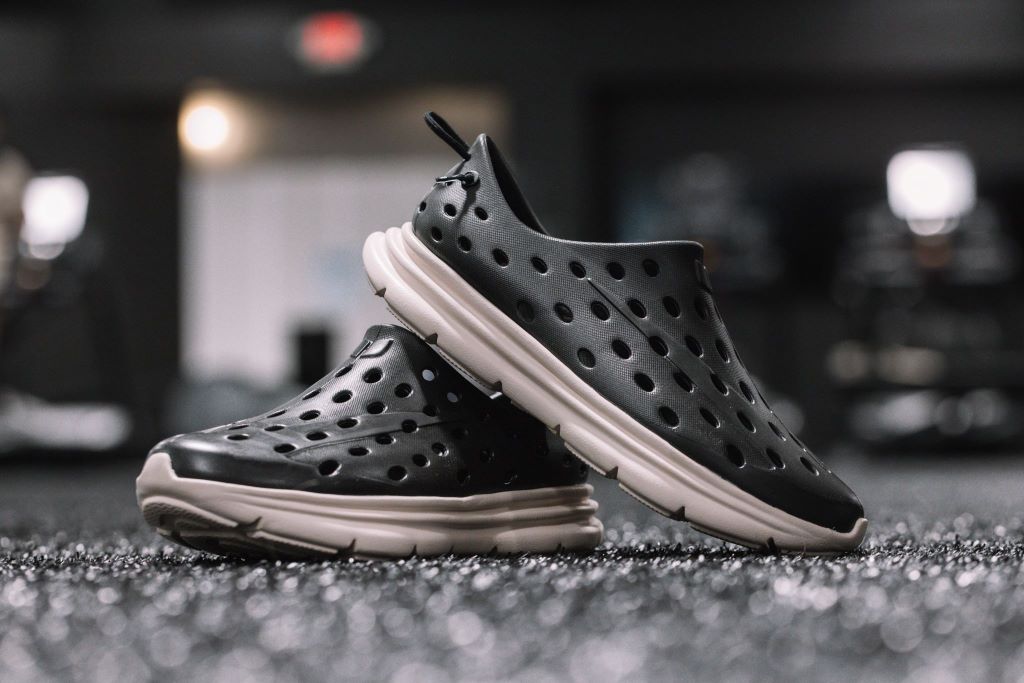Recovery is an essential part of any fitness routine. Whether you're an athlete, a weekend warrior, or just someone who enjoys being active, how you recover can impact your performance and overall well-being. Two main types—active recovery and passive recovery—play vital roles in helping you recuperate after strenuous exercise. Understanding when to use each type can make all the difference in reaching your fitness goals, preventing injury, and improving long-term results.
What is recovery, and why is it important?
Recovery refers to the process your body goes through after working out to reduce muscle soreness and restore energy levels. While the workout itself stresses your body, recovery allows you to rebuild and return stronger. For endurance athletes and fitness enthusiasts alike, a proper recovery strategy prevents negative consequences like overuse injuries and optimizes performance for future workouts.
Whether you're engaging in active or passive recovery, the goal remains the same: to allow you to heal, increase blood flow, and ensure you're ready for your next challenge.
What is active recovery?
Active recovery refers to performing light activities that keep you moving without pushing you too hard. Instead of sitting still or lying down after challenging workouts, you engage in light exercises that promote blood flow and help flush out byproducts like lactic acid that build up during strenuous workouts.
Examples of active recovery activities
- Walking or bike rides at a leisurely pace
- Swimming or light laps
- Gentle yoga or stretching routines
- Light resistance exercises targeting large muscle groups
By incorporating active days into your fitness routine, you can keep recovering while avoiding complete inactivity. This method is especially effective after a hard workout when you're still feeling stiff but want to avoid taking a long break.
Benefits of active recovery
Engaging in active recovery helps in many ways:
- Increasing blood flow to deliver oxygen and nutrients to the muscle
- Preventing lactic acid buildup, reducing stiffness and soreness
- Improving overall mobility and flexibility
- Preparing you for more intense workouts
It's important to note that an active approach means keeping the intensity low. Your goal is to move, but not to the point where you're adding extra strain. Think of it as a way to keep your heart rate slightly elevated during other activities while giving yourself a break from the intensity of regular workouts.
What is passive recovery?
Unlike active recovery, passive recovery is the practice of giving yourself a complete break. This method is usually employed after particularly intense exercise or when dealing with muscle soreness or injury. In passive recovery, the focus is on quality sleep, relaxation, and activities like sitting in a sauna or getting a massage to help you recover fully.
Examples of passive recovery
- Taking a day where you don’t engage in any physical activity
- Light stretching or meditation
- Passive activities like watching TV, reading, or lounging
Benefits of passive recovery
- Allows for full muscle breakdown and repair
- Replenishes energy stores for future performance
- Helps address fatigue and stress levels after hard training
- Promotes deeper recuperation by giving yourself an actual break
For many people, alternating between active and passive recovery days provides a well-rounded approach that prevents overtraining while supporting their goals.
Active vs. passive recovery — Key differences
While both methods have their place, understanding the differences between active versus passive recovery is key to knowing when and how to use each. Let's break it down:
Movement vs. rest
- An active session involves movement, helping to keep blood flowing and muscles engaged, which promotes recovery
- Passive recovery involves a complete break, where your body does the work without requiring you to move
When to use active recovery
- On days following a strenuous workout but when you aren't completely exhausted
- After lower-intensity sessions to prevent stiffness
- To stay active on off days without putting too much stress on your system
When to use passive recovery
- After a more intense workout or particularly tough training session, when you need complete rest
- If you're feeling sore or burned out from overtraining
- During rest days to ensure full muscle recovery and repair
Which is best for you?
Both methods have advantages, but they serve different purposes. Use active recovery to keep moving and deliver oxygen to your joints and muscular system. Rely on passive to give yourself the rest you need for long-term growth.
When to use active recovery
Active sessions are best when you feel ready for movement but aren't up for another intense training session. Here's when to incorporate active recovery into your routine:
Post-workout
Engage in low-intensity activities, like a walk or swim, directly after a workout to prevent stiffness. These movements keep your muscular system from tightening up and allow for proper circulation to help the recovery process.
On active recovery days
Designate specific days in your fitness calendar for active exercise sessions. These should be days where the goal is light movement, whether it's a bike ride, some stretching, or a casual swim. The key is to stay active without pushing yourself too hard.
Injury prevention
Active recovery means staying mobile without putting yourself at risk for further strain. Activities like yoga or using light resistance bands can help prevent injuries by promoting flexibility and mobility, especially after strenuous activities.
When to use passive recovery
Sometimes, your body simply needs a break. Passive methods are ideal when you need to focus on total relaxation and allow your muscles and joints to recuperate without added strain. Here's when this type comes into play:
After high-intensity exercise
After a challenging workout or period of hard training, your body may need more time to recover. Taking a true rest day and focusing on quality sleep will help prevent burnout and fatigue.
Dealing with injuries or soreness
This method is the best choice if you're dealing with an injury or feeling particularly sore. Resting gives your body the time it needs to repair any damage, avoid aggravating injuries, and be ready for your next workout.
Burnout prevention
Rest days are essential for those who push themselves hard. Personal trainers and sports medicine professionals often recommend balancing periods of intense activity with complete rest to avoid the risk of burnout.
How recovery shoes can enhance both types
Your footwear plays a significant role on rest days. Recovery shoes are designed to support your feet during periods of rest or light movement, enhancing both types of recovery efforts.
For active recovery
When you're on your feet, recovery shoes can help by promoting blood flow and providing the right amount of cushioning to reduce strain on your joints. Whether you're on a light walk or doing some yoga, the right shoes ensure your recovery period goes smoothly.
For passive recovery
Even on a rest day, your feet need support. Wearing recovery shoes during your rest periods can alleviate tension in your legs and lower back, helping your body relax fully.
Discover Kane Recovery Shoes!
Kane's recovery shoes provide excellent support, comfort, and durability for those in need of top-notch recuperative footwear. Featuring an adjustable hook-and-loop single-strap synthetic upper, plush TPR footbed, and durable injected EVA outsole, these kicks come with all the right features to assist you during your rehabilitation journey.
Aside from providing quality products, they are also committed to sustainability. They have become a Certified B Corporation while dedicating 1% of their overall profits to environmental charities.
When and how to wear Kane Revive
The best moment to wear most recovery shoes is directly after a strenuous activity such as running or exercising. This helps minimize inflammation and launch the healing process. To guarantee maximum comfort and effective recuperation, make sure that you are wearing your recovery footwear correctly by tying up laces securely for a snug fit around your feet.
How to balance active and passive recovery in your fitness routine
The key to optimal recovery is finding a balance. Here's how to do it:
- Plan your week: Alternate between active days and rest days based on how hard you train. If you have several strenuous training sessions in a week, follow them up with both active and recovery periods.
- Listen to your body: Pay attention to signs of fatigue, soreness, or stress. It may be time for a day off if you're feeling overwhelmed.
-
Use recovery tools:
Incorporate tools like foam rolling, stretching, or using a steam room. - Track your progress: Monitor how your body responds to each method and adjust based on how you feel.
Conclusion
Recovery is a vital part of any fitness routine, and both methods play a crucial role in supporting your overall health. Whether you're engaging in low-intensity activities or taking a complete rest day, knowing when to use each method will enhance your performance, help prevent injuries, and ensure you're ready for your next workout. Take the time to plan your recovery days, and you'll feel the difference in the long run.
Frequently asked questions
What is passive vs active rehabilitation?
Passive rehabilitation involves treatments that don't actively engage your muscles or joints. These include techniques like massage, heat therapy, or electrical stimulation, which allow your body to receive therapeutic advantages without physical effort. It's advantageous after surgery or a severe injury when movement could worsen your condition.
On the other hand, active rehabilitation requires your participation through exercises or movements designed to restore strength, mobility, and function. This approach is common in physical therapy and includes stretching, resistance exercises, and specific training to target weakened or injured areas. While passive methods help manage pain and inflammation, active rehab focuses on rebuilding strength and mobility over time. The two methods are often combined in a rehab program to create a more comprehensive plan, depending on your preferences, goals, and other factors.
What is the difference between active and passive recovery interval training?
Active recovery interval training involves light movement between high-intensity workout intervals. For example, after sprinting, you might walk or jog at a slow pace to allow your body to recover while keeping your muscles warm and your heart rate elevated. This helps prevent stiffness, maintain mobility, and promote overall endurance without stopping between intervals.
In contrast, passive recovery during interval training means taking a complete break between the intense bursts of activity. You stop moving, allowing your heart rate to return to a lower level and your muscles to rest completely. This type is typically used when you need to preserve energy for more explosive efforts or when focusing on building maximum power. Both methods are helpful, but the choice depends on your workout goals and fitness level.
What is the passive method of recovery?
Passive recovery refers to not engaging in physical activity on a recovery day. It allows your muscles, joints, and nervous system to relax and recover after strenuous exercise or injury. Standard techniques include getting plenty of sleep, lying down, or simply taking a day off from exercise. Additional methods, like using a steam room, soaking in a hot bath, or getting a massage, also support the process by reducing muscle tension and improving circulation.
This method aims to give your body time to heal without adding any extra strain. It's beneficial when you've pushed your body to its limits, experienced soreness, or are at risk of overtraining. It's a critical part of maintaining long-term health and preventing injuries.
What are examples of active recovery?
An active session involves light exercises that help your body recover after intense physical activity. For example, a slow bike ride, a gentle walk, or swimming at a relaxed pace can all help reduce stiffness and boost circulation without causing more fatigue. Stretching exercises or yoga are also great activities to choose, as they improve flexibility and relieve tension. Even light resistance training or low-impact cardio, such as using an elliptical machine, can support muscle repair while keeping your heart rate slightly elevated.
This method is about staying mobile but in a way that feels restorative rather than strenuous. It helps your body flush out metabolic waste and delivers nutrients to tired muscles, helping you recover more quickly and effectively.



































